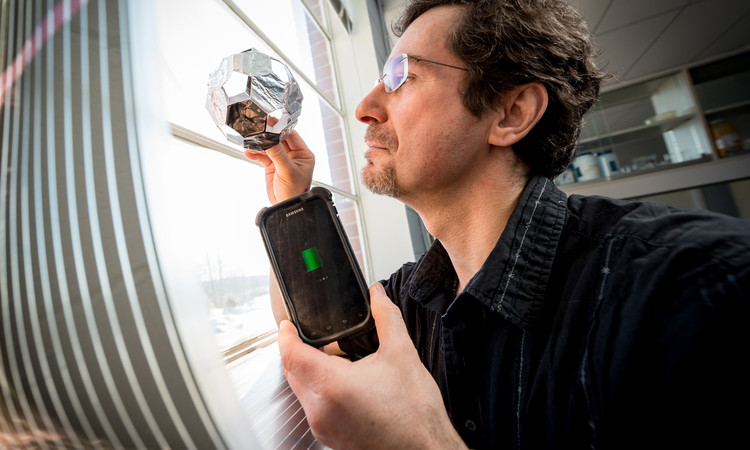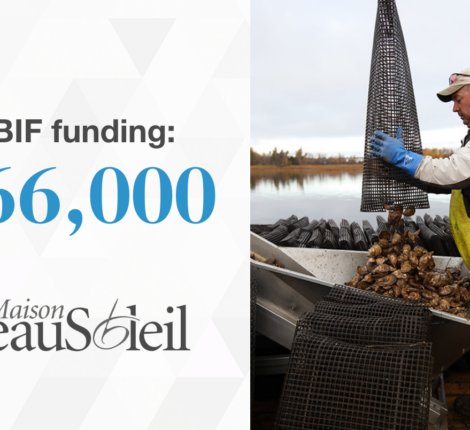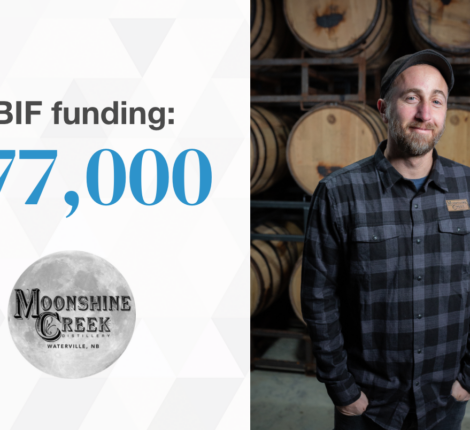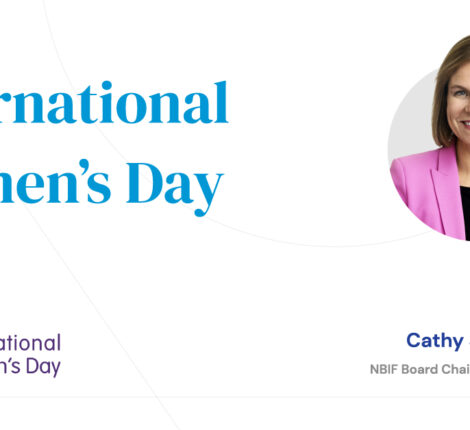- March 20, 2014
- Innovation Insights
- Comments : 0
Working on an impossibly small scale

Working on an impossibly small scale
By Quentin Casey for the Telegraph Journal | link to original article
As a kid growing up in Fredericton, Felipe Chibante was something of a do-it-yourselfer. When he needed money to start a band, Chibante collected beer bottles, mowed lawns and swept driveways.
But he wasn’t content with the results of one man’s manual output.
“I remember inventing things that would allow me to make that all happen more easily,” he says, recalling creations such as a sweeping machine and a carrier for transporting beer bottles and lawn equipment up and down Fredericton’s many hills. (He even made a go-cart for racing down hilly Regent Street).
That desire to boost productivity with applied and practical technologies has remained with Chibante throughout his career — from his time at a Nobel Prize-winning lab in Texas to his current research post at the University of New Brunswick.
On Thursday evening, Chibante will be one of three New Brunswick researchers honoured at the New Brunswick Innovation Foundation’s fourth R3 (Recognizing Research Results) Gala. Chibante (along with UNB’s Kevin Englehart and Rodney Ouellette of the Atlantic Cancer Research Institute) will receive an R3 Innovation Award for Excellence in Applied Research.
Finding new applications for nanotechnology, particularly in the energy sector, is the central focus of Chibante’s research. Nanotechnology centres around the manipulation of individual atoms and molecules. It’s innovation at the atomic level.
Chibante’s research involves the engineering of carbon nano-structures, particularly one called Carbon 60.
Carbon 60, a molecule shaped like a soccer ball, is part of a family of nano-structures called fullerenes. Each one has a different shape and unique properties.
Carbon 60 is prized for its optical, electrical and thermal characteristics. As a result, it is used in everything from cosmetics to lubricants and sensors.
Chibante is using a Carbon 60 derivative to improve the current generation of solar cells. Traditional solar cells are often made of silicon and are very expensive. New solar cells, using Carbon 60 as an ingredient, are very thin, require much less material to make, and can be as pliable as Saran Wrap. They are also easier and cheaper to produce.
But there’s a problem: Carbon 60 is expensive to produce — roughly $15,000 per kilogram. So Chibante is working on a three-year project with a goal of reducing that price to $5,000 per kilogram.
Cosmetic makers, he notes, use only a “small fairy dust” amount of Carbon 60 because of the high price. A smaller price tag would boost the areas where Carbon 60 is used.
Chibante’s study of Carbon 60 occurred under the man who discovered it: the late Rice University professor Richard Smalley. After completing his undergraduate degree at McGill University in Montreal, Chibante attended Rice in Houston, Texas, earning his PhD in 1992.
In 1996, Dr. Smalley won the Nobel Prize in Chemistry for his work in producing Carbon 60, the first fullerene, back in 1985. Chibante had already graduated by that time, but he feels pride in contributing to work that produced Carbon 60 in larger quantities. “Dr. Smalley was always at the forefront,” he says. “You don’t realize until afterwards what was accomplished or what you’ve learned.”
Following his PhD work, Chibante didn’t follow the typical academic route of seeking a post-doctoral position and an assistant professorship. Instead, he spent the next 15 years working in startups and businesses that applied nanotechnology research to industrial problems. “I did a lot of the same things in the private sector that you do in academia — writing proposals, getting funding, hiring people, and getting projects funded, but it came from the perspective of what was the benefit to society and how do you survive and make money?” he says.
“It’s a continuation of the way I was as a kid.”
While in Texas Chibante was also involved in research projects for the U.S. government, the oil industry, and NASA.
In fact, it was a NASA-related project that helped trigger his return home. The project required the purchase of equipment from Fredericton-based Mathis Instruments. “It impressed me that there was frontier technology emerging from the region,” he says. That was in 2005. In 2007 Chibante joined the faculty at UNB.
He wasn’t back in New Brunswick long before he collaborated with one of his students, Kumaran Thillainadarajah.
Thillainadarajah recalls taking Chibante’s introduction to nanotechnology class. He was hooked, and later asked his professor for a job. An initial research post eventually led to Smart Skin Technologies, a nanotechnology company the student and professor co-founded.
The company has since developed a polymer film or “skin” that can measure the pressure applied to it. The technology is now being used in the brewing and beverage industry, to ensure cans and bottles are not cracked or crushed on production lines.
Smart Skin’s product is used by six of the top 10 beer brands, and in January Thillainadarajah announced a $3.9-million Series A investment round.
Chibante is not involved in the day-to-day operations at Smart Skin, but Thillainadarajah says he is still sought for advice.
“There’s no doubt that I couldn’t have started the company without him,” Thillainadarajah says. “He was very supportive and added a lot of credibility. At the time I was a 23-year-old student and I had an idea to start a company around some technology that was really in its infancy. So I relied a lot on his credibility.”
A dozen or so startups have since sought assistance from Chibante on nanotechnology opportunities. Chibante expects many more startups to spring from UNB’s nanotechnology research as his six-year-old lab grows, and as nanotechnology applications expand.
“I see this as the seed that is going to grow into a big tree of nano-enabled technology for the region,” he says. “This is not the apex yet — not at all.
“This is only the beginning.”


